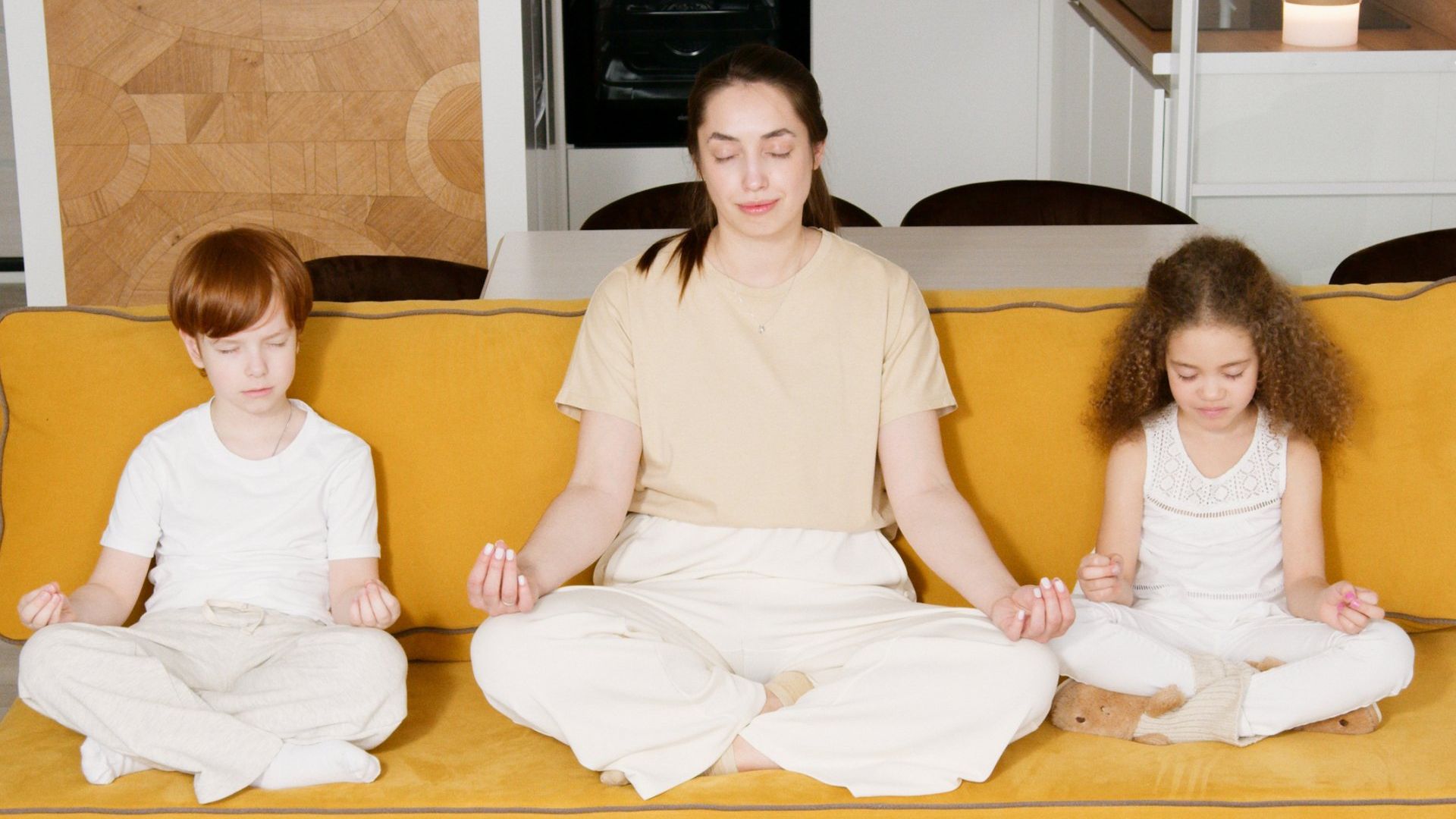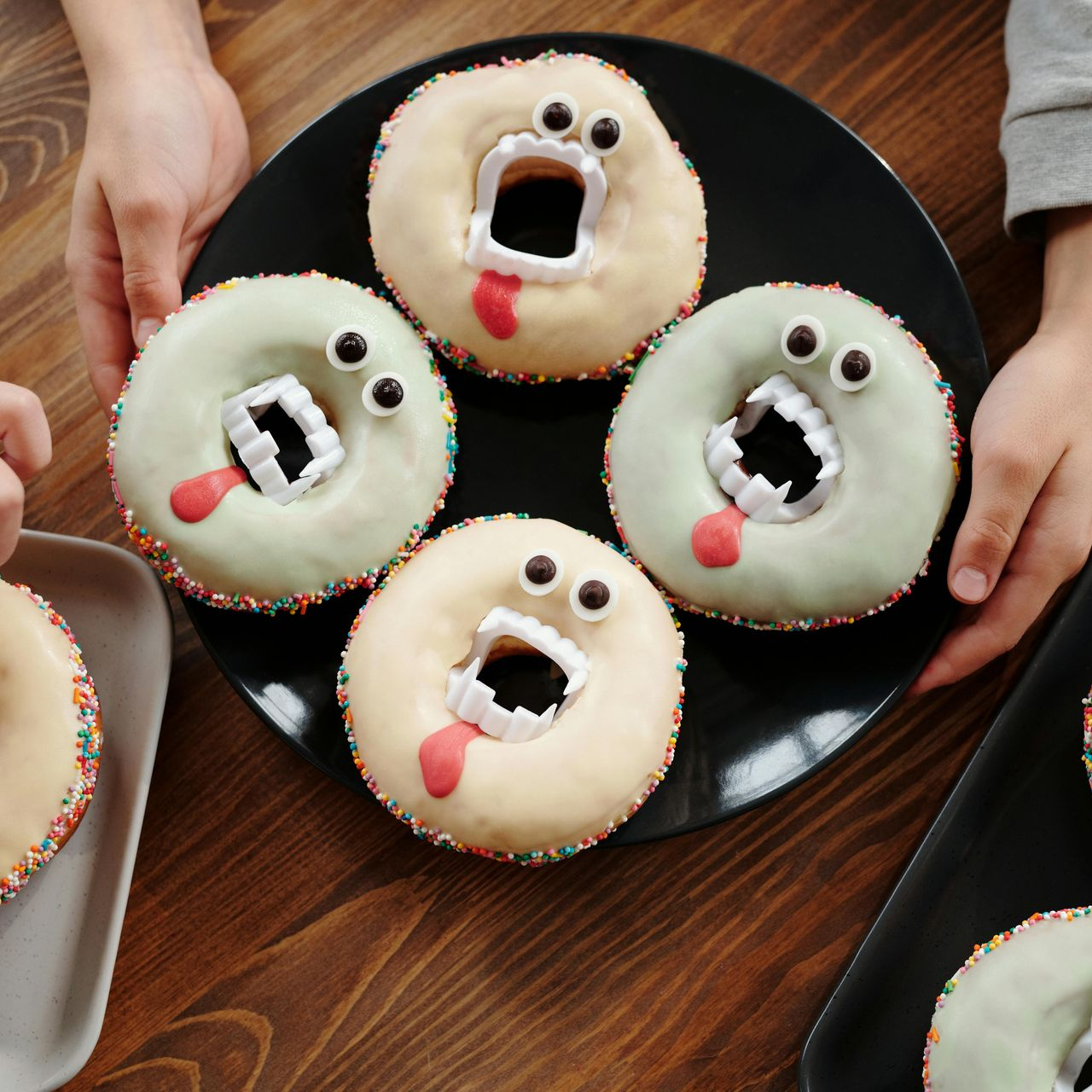Finding Calm: A Breathwork and Mindfulness Program for the Whole Family

In our fast-paced modern world, stress and anxiety have become common issues, not only for adults but also for children and teenagers. However, simple mindfulness and relaxation techniques, such as deep breathing, meditation, and progressive muscle relaxation, offer powerful tools for calming the mind and reducing stress. According to the National Center for Complementary and Integrative Health (NCCIH), mindfulness practices can significantly lower stress levels, improve emotional well-being, and even enhance physical health. This blog post will provide a clear and consistent breathwork program that parents can follow with their children to promote relaxation and wellness for the whole family.
Understanding the Power of Breathwork and Mindfulness for Children and Teens
Breathwork refers to various breathing techniques that focus on conscious and intentional breathing. These techniques can activate the body's relaxation response, lowering heart rate, reducing blood pressure, and decreasing levels of stress hormones. When combined with mindfulness practices, such as meditation and progressive muscle relaxation, breathwork becomes a powerful tool for mental and physical well-being, especially for young children and adolescents.
Mindfulness involves paying attention to the present moment without judgment. This practice helps individuals become aware of their thoughts and feelings, allowing them to respond to stress more effectively. Meditation is a form of mindfulness that involves focusing the mind on a particular object, thought, or activity to achieve mental clarity and emotional calm. Progressive muscle relaxation is a technique that involves tensing and then slowly relaxing different muscle groups in the body, promoting relaxation and reducing tension.
A Breathwork and Mindfulness Program for Relaxation for the Family
To incorporate these techniques into your family's daily routine, we've developed a simple and effective breathwork and mindfulness program. Follow this program consistently to experience the benefits of reduced stress and improved relaxation.
Step 1: Deep Breathing Exercises
1. Diaphragmatic Breathing:
Diaphragmatic breathing, also known as belly breathing, involves breathing deeply into the diaphragm rather than shallowly into the chest. This technique helps activate the body's relaxation response.
For Children:
- Sit or lie down in a comfortable position.
- Place a stuffed animal on your child’s belly to illustrate how their belly rises and falls as they breathe.
- Inhale deeply through the nose, allowing the belly to rise while keeping the chest still.
- Exhale slowly through the mouth, feeling the belly fall.
- Repeat for 2-3 minutes, focusing on the rise and fall of the belly.
For Teens:
- Sit or lie down in a comfortable position.
- Place one hand on the chest and the other on the belly.
- Inhale deeply through the nose, allowing the belly to rise while keeping the chest still.
- Exhale slowly through the mouth, feeling the belly fall.
- Repeat for 5-10 minutes, focusing on the rise and fall of the belly.
For Parents:
Parents can benefit from diaphragmatic breathing by using it as a tool to manage their own stress and model healthy coping strategies for their children. Try incorporating this technique into your daily routine, such as before bedtime or during a stressful moment, to promote relaxation.
2. Box Breathing:
Box breathing, or square breathing, is a technique used to calm the mind and improve concentration. It involves inhaling, holding, exhaling, and holding the breath again, each for an equal count.
For Children:
- Sit comfortably with your back straight.
- Inhale deeply through your nose for a count of 3.
- Hold your breath for a count of 3.
- Exhale slowly through your mouth for a count of 3.
- Hold your breath again for a count of 3.
- Repeat for 2-3 minutes, focusing on the rhythmic pattern of the breathing.
For Teens:
- Sit comfortably with your back straight.
- Inhale deeply through your nose for a count of 4.
- Hold your breath for a count of 4.
- Exhale slowly through your mouth for a count of 4.
- Hold your breath again for a count of 4.
- Repeat for 5-10 minutes, focusing on the rhythmic pattern of the breathing.
For Parents:
Box breathing can be especially useful for parents during stressful moments or when they need to focus. Incorporating box breathing into your daily routine can help maintain a sense of calm and focus, which benefits both you and your children.
Step 2: Meditation
1. Mindfulness Meditation:
Mindfulness meditation involves focusing on the present moment and observing thoughts and sensations without judgment.
For Children:
- Sit comfortably with your back straight and close your eyes.
- Focus on your breathing, noticing the sensation of the air entering and leaving your body.
- If your mind wanders, gently bring your focus back to your breath.
- Continue for 2-3 minutes, gradually increasing the duration as the child becomes more comfortable with the practice.
For Teens:
- Sit comfortably with your back straight and close your eyes.
- Focus on your breathing, noticing the sensation of the air entering and leaving your body.
- If your mind wanders, gently bring your focus back to your breath.
- Continue for 10-15 minutes, gradually increasing the duration as the teen becomes more comfortable with the practice.
For Parents:
Mindfulness meditation is an excellent practice for parents to cultivate emotional balance and mental clarity. By regularly practicing mindfulness meditation, parents can model emotional regulation and stress management for their children, creating a supportive environment for family well-being.
2. Loving-Kindness Meditation:
Loving-kindness meditation focuses on cultivating positive feelings of love and compassion toward oneself and others.
For Children:
- Sit comfortably and close your eyes.
- Take a few deep breaths and focus on generating feelings of love and compassion.
- Begin by directing these feelings toward yourself, repeating the phrases, "May I be happy. May I be healthy. May I be safe. May I be at peace."
- Gradually extend these feelings to others, starting with loved ones and eventually including all beings.
- Continue for 2-3 minutes, focusing on the positive feelings you are generating.
For Teens:
- Sit comfortably and close your eyes.
- Take a few deep breaths and focus on generating feelings of love and compassion.
- Begin by directing these feelings toward yourself, repeating the phrases, "May I be happy. May I be healthy. May I be safe. May I be at peace."
- Gradually extend these feelings to others, starting with loved ones and eventually including all beings.
- Continue for 10-15 minutes, focusing on the positive feelings you are generating.
For Parents:
Loving-kindness meditation can help parents cultivate a sense of compassion and empathy, enhancing their relationships with their children and others. Practicing loving-kindness meditation regularly can foster positive family dynamics and improve overall well-being.
Step 3: Progressive Muscle Relaxation
Progressive muscle relaxation involves tensing and then slowly relaxing different muscle groups in the body, promoting relaxation and reducing tension.
For Children:
- ]Sit or lie down in a comfortable position and close your eyes.
- Start with your toes, tensing the muscles for a count of 3 and then slowly releasing.
- Move up to your feet, then calves, thighs, and so on, until you have tensed and relaxed all the muscle groups in your body.
- Focus on the sensation of relaxation that follows each release.
- Continue for 2-3 minutes, enjoying the feeling of relaxation.
For Teens:
- ]Sit or lie down in a comfortable position and close your eyes.
- Start with your toes, tensing the muscles for a count of 5 and then slowly releasing.
- Move up to your feet, then calves, thighs, and so on, until you have tensed and relaxed all the muscle groups in your body.
- Focus on the sensation of relaxation that follows each release.
- Continue for 10-15 minutes, enjoying the feeling of relaxation.
For Parents:
Progressive muscle relaxation can help parents release physical tension and achieve a state of calm. Incorporating this technique into your daily routine, especially after a long day or before bed, can improve relaxation and sleep quality, benefiting both parents and children.
To experience the full benefits of this program, it's important to practice consistently. Set aside time each day for these relaxation techniques, whether it's in the morning to start the day with calm or in the evening to unwind before bed.
Incorporating mindfulness and relaxation techniques into your daily routine can significantly improve the mental and physical well-being of children, teens, and parents alike. By following this breathwork and mindfulness program, families can achieve a state of calm and relaxation, reducing stress and enhancing overall quality of life. Remember, consistency is key, and the more you practice, the greater the benefits you'll experience.










